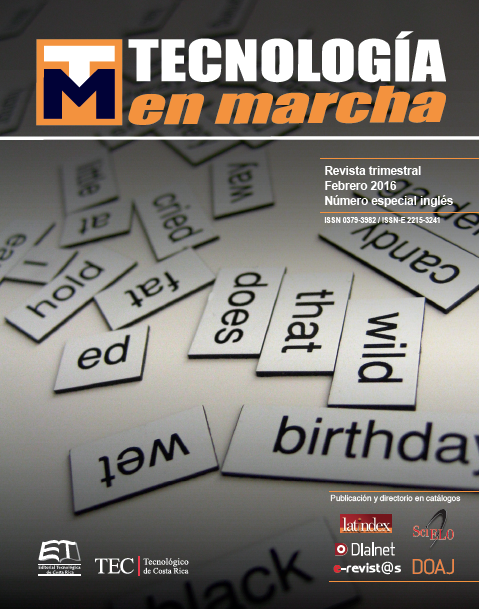Guadua bamboo In pedestrian bridges
Contenido principal del artículo
Resumen
When discussing pedestrian bridges, it is always useful to consider the latest work done in Colombia. These innovative constructions not only make it possible to cross rivers and roads, but also show how competitive this material is in ecological engineering. The spread of this type of construction throughout the country indicates that Guadua bamboo is already a part of Colombian culture, and that its fresh style is no longer associated only with poverty and social improvement projects. Furthermore, it shows that this material is a perfectly feasible option for a country such as ours, which is exposed to landslides, flooding and earthquakes.
Although pedestrian bridges were initially built to shorten distances and overcome natural barriers, during the last several decades they have also become necessary to safeguard pedestrians who have to walk in areas of very high urban growth. However, in spite of the existence of alternative solutions to the same problem, almost all such solutions are postponed, in that they normally involve a State investment.
This article addresses a construction technique which originated in South American indigenous populations. Although it was forgotten by several generations, this technique, which has been updated, has multiple benefits. By injecting concrete in bamboo internodes it is possible to build structures that are in harmony with current needs, as well as bridges with more lighting Most importantly, this makes low-impact construction accessible to small communities or private businesses with limited resources.
Detalles del artículo
Los autores conservan los derechos de autor y ceden a la revista el derecho de la primera publicación y pueda editarlo, reproducirlo, distribuirlo, exhibirlo y comunicarlo en el país y en el extranjero mediante medios impresos y electrónicos. Asimismo, asumen el compromiso sobre cualquier litigio o reclamación relacionada con derechos de propiedad intelectual, exonerando de responsabilidad a la Editorial Tecnológica de Costa Rica. Además, se establece que los autores pueden realizar otros acuerdos contractuales independientes y adicionales para la distribución no exclusiva de la versión del artículo publicado en esta revista (p. ej., incluirlo en un repositorio institucional o publicarlo en un libro) siempre que indiquen claramente que el trabajo se publicó por primera vez en esta revista.

